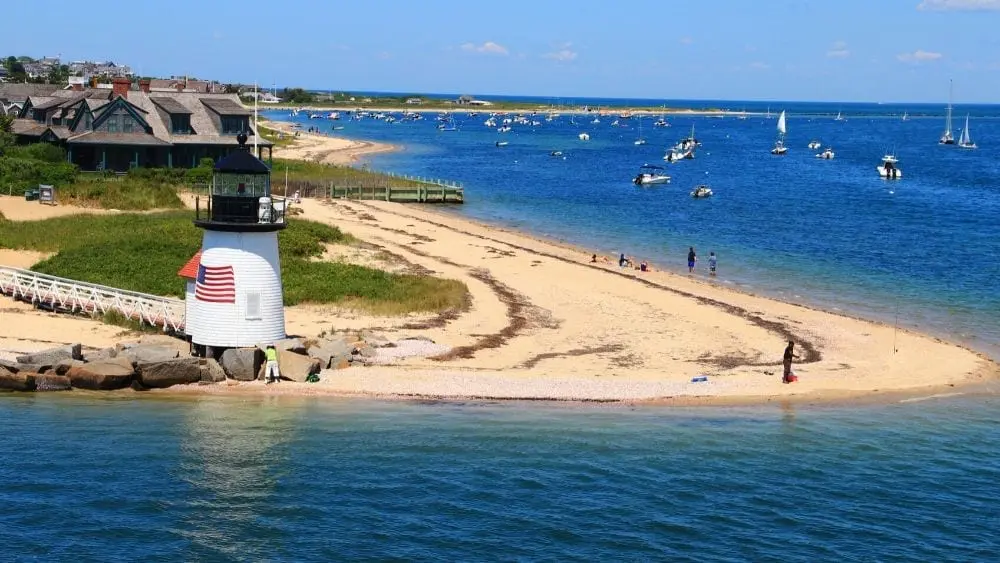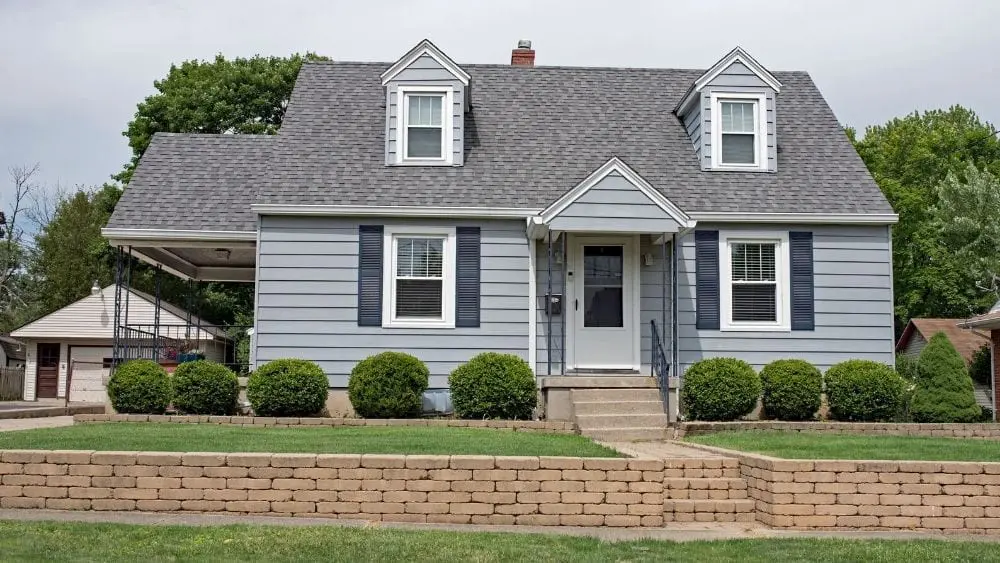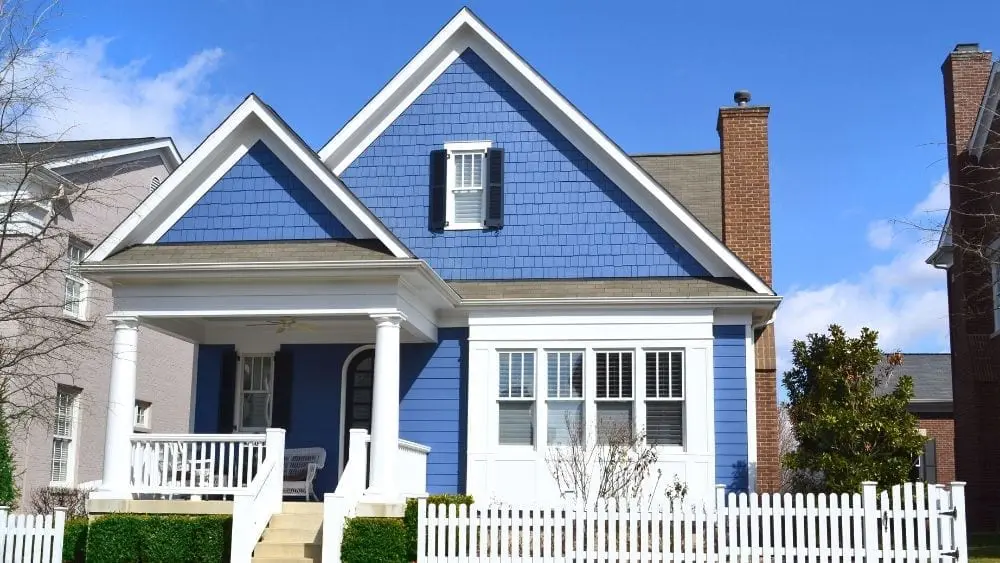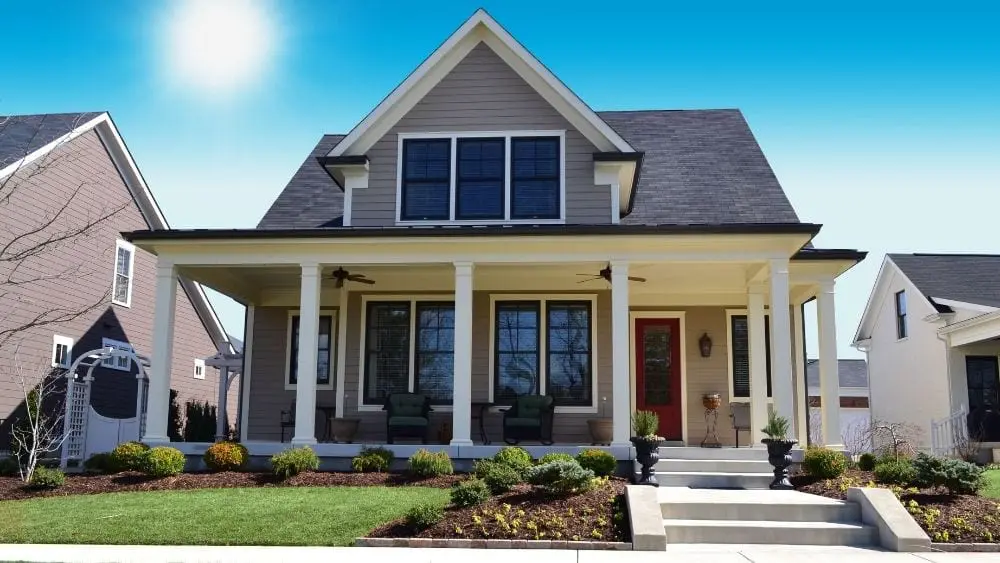The quaint home with a white picket fence might be a trope often made fun of by millennials, but there’s a reason this image comes to mind when people think about the “American Dream” home. The cozy, cottage-like home that people envision is the Cape Cod style house, an architectural staple in American real estate since the 17th century.
How Cape Cods Got Their Name

While the architecture style originated in New England in the 1600s, it didn’t acquire the Cape Cod name until the 18th century when Reverend Timothy Dwight IV, then president of Yale University, coined the term after his travel to the area. He noticed an abundance of similarly structured homes on the peninsula, and after that, the name stuck.
Features of the Cape Cod Style

Built to withstand the northeastern climate, Cape Cods are one to one and a half-story homes designed with symmetry and simplicity in mind. The roofs are fairly steep to allow snow and rain to easily roll off and prevent damage, and a distinct chimney stack juts out from the roof (often lined up directly above the front door). The front door is framed by two windows on either side, just as the chimney stack is typically flanked by dormers.
Of course, there are variants to everything, and Cape Cods are no exception. The home we’ve described above is what’s known as a full or double Cape, and is more common among modern builds. Traditional Capes were most often half — also called single — and three-quarter Capes. Half or single Capes are the smallest of these homes, featuring a front door oriented to the left or right and with two multi-paned windows to one side. Basically a starter home for 17th century settlers, half Capes were often added to as families expanded and required more space.

Three-quarter Capes are slightly expanded versions of half Capes, with a single window on one side of the front door and two windows on the other side. In both of these smaller layouts, the chimney stack is slightly offset from the front door.

We haven’t really addressed one major feature on almost every modern or renovated Cape. Dormers. These windows that jut out from the roof were often added to create more light and space in the upper attic room or loft, and have become staples for Capes built in recent years. If present, dormers are typically in sets of two or three, and are often carefully placed to balance against the windows framing the front door.
The Timeless Appeal of the Cape Cod
The interior layout of Cape Cod homes has changed greatly over the last several hundred years, but the same principles continue to guide the design. Like colonial style homes, the fireplace served as the center of the home; nowadays we might say it’s intended to gather the family together, but in the 17th century the fireplace was needed to heat the entire home. As such, rooms were originally laid out with the great room — or family room and kitchen — having immediate access to the fireplace, and then storage closets and bedrooms lined the outer perimeter of the home.
Following World War II, when an influx of returning soldiers found themselves in need of a home, Cape Cods made a comeback under architect Royal Barry Wills during the 1950s Colonial Revival period. Homes from this era often featured one and a half and two-story Capes, with the social places on the first floor and the private bedrooms in the back of the home or on the upper level.

Since then, the only major change Capes have undergone is adopting the open concept floor plan — which, really, is just a throwback to the 17th century design. All in all, Capes haven’t altered too much, which likely attributes to their timelessness.
So, if you haven’t caught on to it yet, Capes aren’t going out of style anytime soon. Often described as quintessential American architecture, the cozy and quaint vibe that Capes exude makes them a style that homeowners constantly return to.
Ready to find your dream Cape Cod home? Head over to NewHomeSource — and don’t forget to follow us on social media for updates on other home styles.

Kian Zozobrado joined Builders Digital Experience (BDX) in 2019 as a content writer. A graduate of Southwestern University with a degree in English, Kian is passionate about the written word and making connections. Outside of work, Kian also serves as president of the Board of Directors for the Writers’ League of Texas.
 High Tech Pet Gear
High Tech Pet Gear